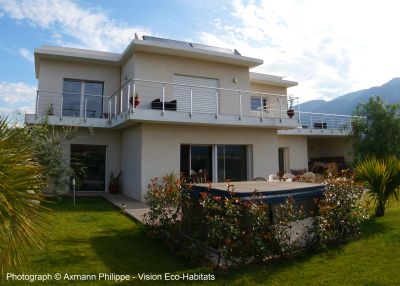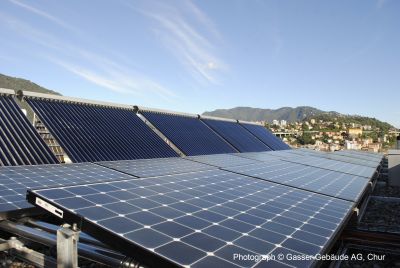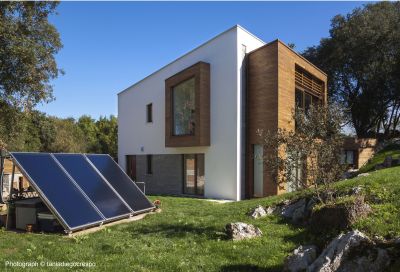1.2 Passive House and NZEB
| Site: | Passive House Online Training | Passive House Institute |
| Course: | Passive House Fundamentals, Teaser [English] |
| Book: | 1.2 Passive House and NZEB |
| Printed by: | Guest user |
| Date: | Thursday, 30 October 2025, 5:44 AM |
TO REMEMBER
- 80% reduction of EU greenhouse gas emissions by 2050
- Energy-Efficiency Directive (for a competitive low carbon economy)
- Ecodesign Directive (for efficient energy-related products)
- Energy Performance of Building Directive - Passive House fulfills NZEB requirements
- Energy-efficient
- Cost-optimal
- Easily suppliable with renewables
- Clear and internationally defined
criteria
- 25 years of experience
- Suitable for all building types
Defining the Nearly Zero Energy Building

PassREg is a European project, aiming to trigger the successful implementation of Nearly Zero Energy Buildings (NZEBs) throughout the EU by using Passive Houses supplied with as much renewable energies as possible. This PassREg online brochure highlights the successes of the PassREg regions and provides strong examples of how municipalities can implement NZEBs through the use of Passive House and renewables. It also gives 10 reasons why the Passive House Standard is ideal as a basis for NZEB.
Furthermore, you can have a look at the PassREg – Solutions Open Source. It is an interactive wiki inspired by the findings of the frontrunner regions, which supports the local transition to zero energy construction by providing information on Passive House technology and compatible renewable energy supply.
Furthermore, you can have a look at the PassREg – Solutions Open Source. It is an interactive wiki inspired by the findings of the frontrunner regions, which supports the local transition to zero energy construction by providing information on Passive House technology and compatible renewable energy supply.
EU 2020 Action Plan

The EU Heads of State and Government set a series of demanding climate and energy targets to be met by 2020, known as the "20-20-20" targets. These include a reduction in greenhouse gas emissions of at least 20% below 1990 levels and a 20% reduction in primary energy use compared with projected levels, to be achieved by improving energy efficiency. It also foresees a 20% increase in EU renewable resources.
For more information about the EU 2020 Action Plan, you can check these following links about the EPBD, the Delegated Regulation detailing EPBD regulations and the labelling for domestic ventilation.

Now that you know more about the directives of the EU 2020 Action Plan and how the Passive House combined with renewables from the region fulfils all NZEB requirements, you can test your knowledge with the following quiz: